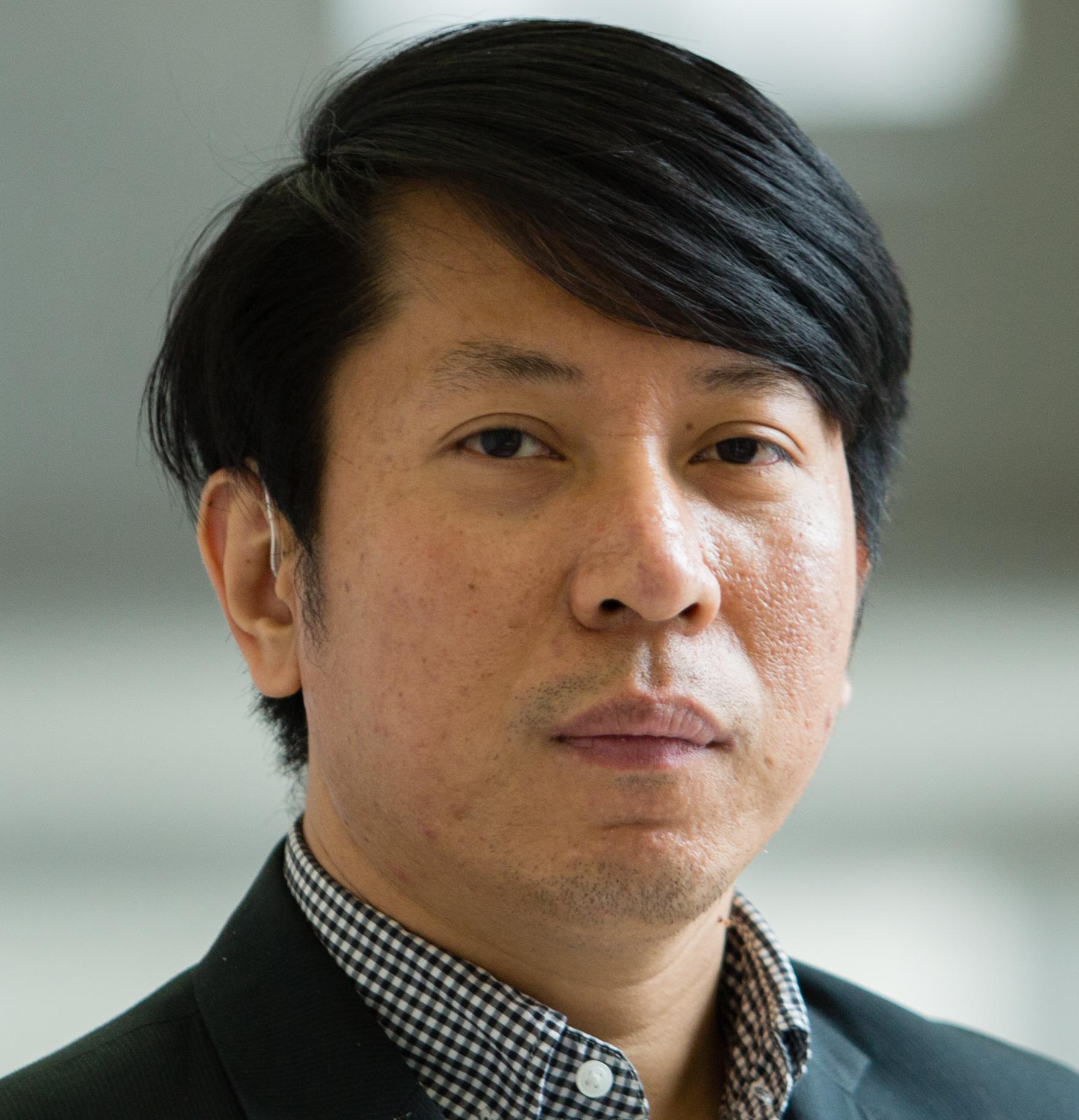Clinton’s ongoing visit to the Asia-Pacific brings nothing new. It’s just another round of furtherance of the so-called “Asia pivot” strategy, which, along with smart power, will be the two legacies left by this most diligent Secretary of Sate in the US history, since she will quit her job whether Obama is president or not the next year. Against the backdrop of an even higher posture of the US “rebalancing” in the region evolved recently, then, how this visit helps this strategy and what this means to China and the US-China relations, are all relevant questions to answer.
First, this trip is the latest move to implement the US rebalance strategy through the “three pillars”, which the US state department described as “represents a concerted effort to strengthen regional multilateral institutions, develop bilateral partnerships, and build on alliances—three core elements of US strategy toward the Asia-Pacific”. On the multilateral side, Clinton, as the first US Secretary of State to participate in the Pacific Islands Forum, emphasized the region as “strategically and economically vital”, reasserted the US as a “pacific nation” and its intention to cultivate partnership with “the Pacific half of Asia Pacific”. She also met with the ASEAN Secretary General and the ASEAN Secretariat in Jakarta, elucidating her all around support for engagement with ASEAN. At Vladivostok, she will attend the APEC Economic Leaders’ Meeting, advocating issues like trade liberalization and food security. On the bilateral side, a stop in Indonesia intended to strengthen Comprehensive Partnership with the country, while her visit to Beijing at a sensitive time of crisis both in East China and South China Sea, aimed at clarifying and exchanging views amongst grave suspicious and criticism across China’s media. The visit to Dili and Brunei highlights US support for democracy of Timor-Leste and its concern on Brunei’s 2013 chairmanship of ASEAN. On the alliances, we can see the US tries to incorporate Japan and Australia into its new courses in the Pacific countries, such as climate change, Maritime Surveillance etc, which conforms to the recent adjustments in the functions of its alliance system in the region from traditional security to non-traditional issues and sharing of responsibility.
Then, what implications do all the above bring to China and Sino-US relations? First, in terms of rebalance strategy itself, it can be said that most academics in China believe it is not totally aiming at China, nevertheless China is certainly one of the important elements there. The US recognized the crucial importance of the rising of the region as the world center, so it wants to reassert its leadership in the region politically, economically and militarily through the above-mentioned three pillars. It intends to integrate multilateral, bilateral and alliance system into one systematic whole, above which the US is the sole leader and final authority. In this ideal picture of the US configuration of world power, China, as the most populous country with the fastest speed of development for so many years and huge potential to further take over US in the long run, dooms to be a “threat” or challenge. In this sense however, China is actually a factor rather than a reason for the US rebalance strategy, which means to assume leadership is the final purpose of the US, while how to deal with a rising China is not an end itself but a means to the end. With this, we can come to our second conclusion, that the US has always and will continue to adopt a two-pronged approach toward China. In order to keep its leadership at a time of multipolarity and mutual interdependence, the US has to live with a rising China, and to direct it into a track most beneficial to the US-led current international system demands long-time engagement and cooperation. On the other hand, as a historical continuity, it’s unrealistic for the US to give up the other side of the coin, no matter it is labeled as containment, hedging or more modestly “constraint”. By “setting up the ceiling and floor of China’s rising”, by strengthening its military presence and alliance system in the region, by backing the countries like Japan and Philippines in bilateral territorial conflicts with China, the US tries to limit China’s room for extension, with a view to integrate China into its leadership as a tamed student rather that an independent big power. As can be shown clearly in Clinton’s recent visit in the region, her unnamed criticism on China’s socialist system in countries such as Mongolia, her passion on a multilateral negotiation of code of conduct in terms of South China Sea, and her reference of conflict be resolved “without coercion, without intimidation, without threats, and certainly without the use of force”, are all harsh words to Chinese’s ear, implying a moral high ground of the US and its limit and bind on China’s strength.
Like it or not, Clinton has made her own mark on the US foreign policy with her Asia pivot. Negative as it is toward China to some extent, the mainstream elite inside the country would not like to exaggerate its graveness or take it as sabotage. Some doubt the sustainability of the strategy after the Clinton years, some observe the domestic limits due to the US “decline” that may make the pivot technically unfeasible, some emphasize the election year as the “stupid season”, while to condemn China can always win political prize, it cannot shift the reality of fundamental common interest between the two countries. Some also refer to the third factor between China and US, which would not prefer to side with anyone of them but rather make full use of their free-ride by sticking to a China-centered economy and US-guarded security posture. Actually the US itself is the least happy to see any potential conflict burning out, no matter in South China Sea or East China Sea, thus be dragged into a reluctant war by its treaty alliance for confronting China. To keep some ups and downs but not let them get out of control is in most interest of the US. That’s why Clinton is found to echo China’s vision that “Pacific is big enough for all of us”, and Gary Locke, US envoy to Beijing also cautioned several days ago the necessity of “escape from historical patterns and forge a legacy of cooperation and partnership”.
Yang Wenjing is an associate research professor at the Institute of American Studies, China Institutes of Contemporary International Relations.



